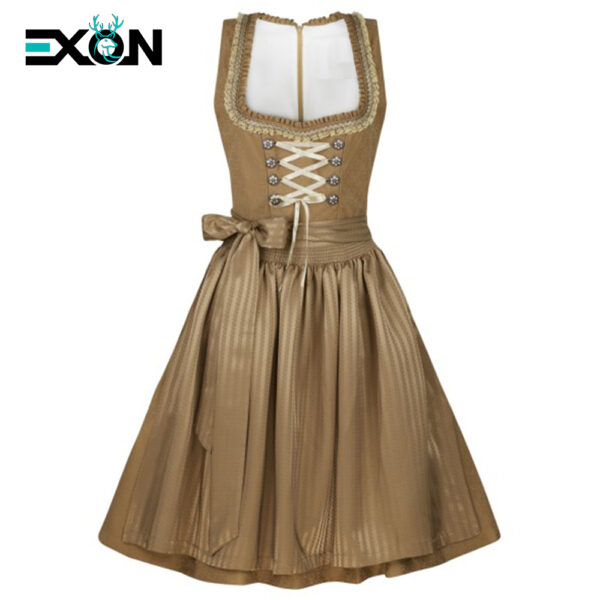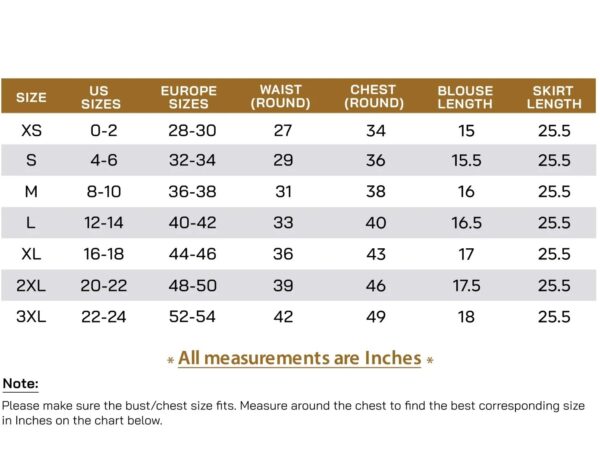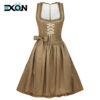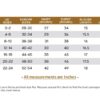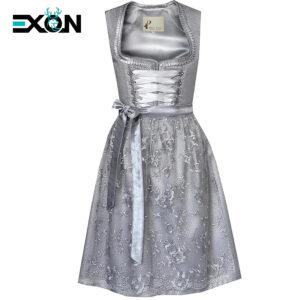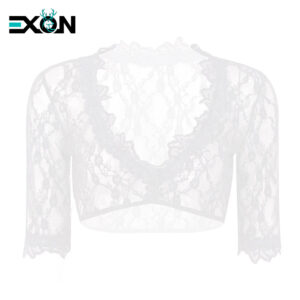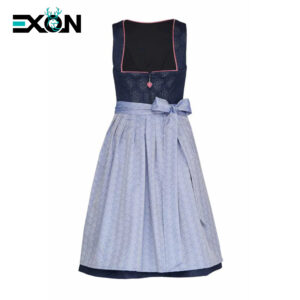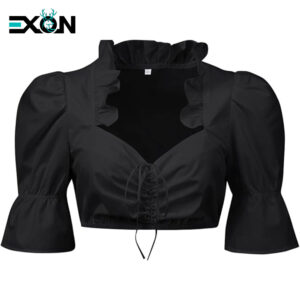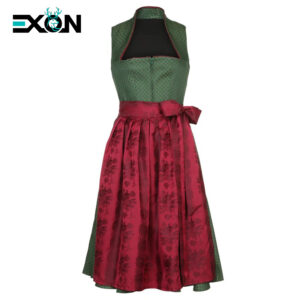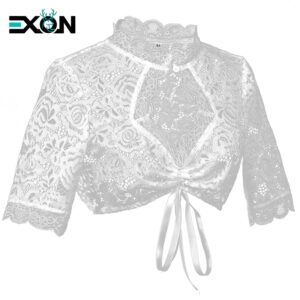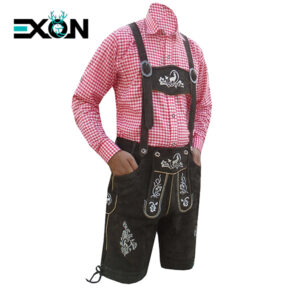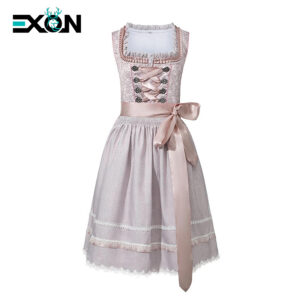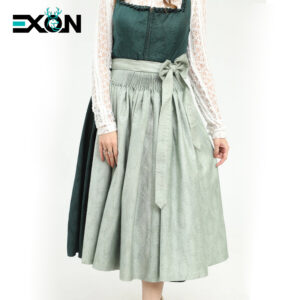Description
A dirndl is a traditional dress from Germany (especially Bavaria) and Austria. What started as a practical servant’s uniform centuries ago is now the iconic outfit worn at festivals like Oktoberfest.
The classic dirndl has four main parts:
-
Blouse: A white puff-sleeve blouse worn underneath.
-
Bodice: A tight-fitting, often low-cut bodice.
-
Skirt: A wide, pleated skirt that is attached to the bodice.
-
Apron: The final layer, tied around the waist over the skirt.
A fun tradition involves the apron bow. Where a woman ties the knot is said to signal her relationship status.
-
A dirndl is a traditional Bavarian dress that combines elegance, culture, and timeless charm.
-
Dirndls are classic German dresses, perfect for Oktoberfest, festivals, and cultural events.
-
The dirndl dress reflects Bavarian heritage with its fitted bodice, apron, and flowing skirt.
-
Modern dirndls blend tradition with fashion, making them stylish for both casual and festive wear.
-
Dirndls are a symbol of German tradition, loved for their feminine design and cultural pride.
-
Traditional Structure of a Dirndl
A traditional dirndl consists of three main parts:
-
Bodice (Mieder) – The fitted upper part that shapes the figure, often decorated with lace, buttons, or hooks.
-
Blouse (Bluse) – A short, cropped blouse usually made of cotton or lace that adds femininity and detail to the neckline.
-
Skirt and Apron (Rock und Schürze) – A wide, flowing skirt that falls to the knee, midi, or ankle, paired with a matching apron tied around the waist.
The apron is not just decorative – the way it is tied carries social meaning. For example:
-
Tied on the right side: The woman is married or taken.
-
Tied on the left side: The woman is single and available
-



